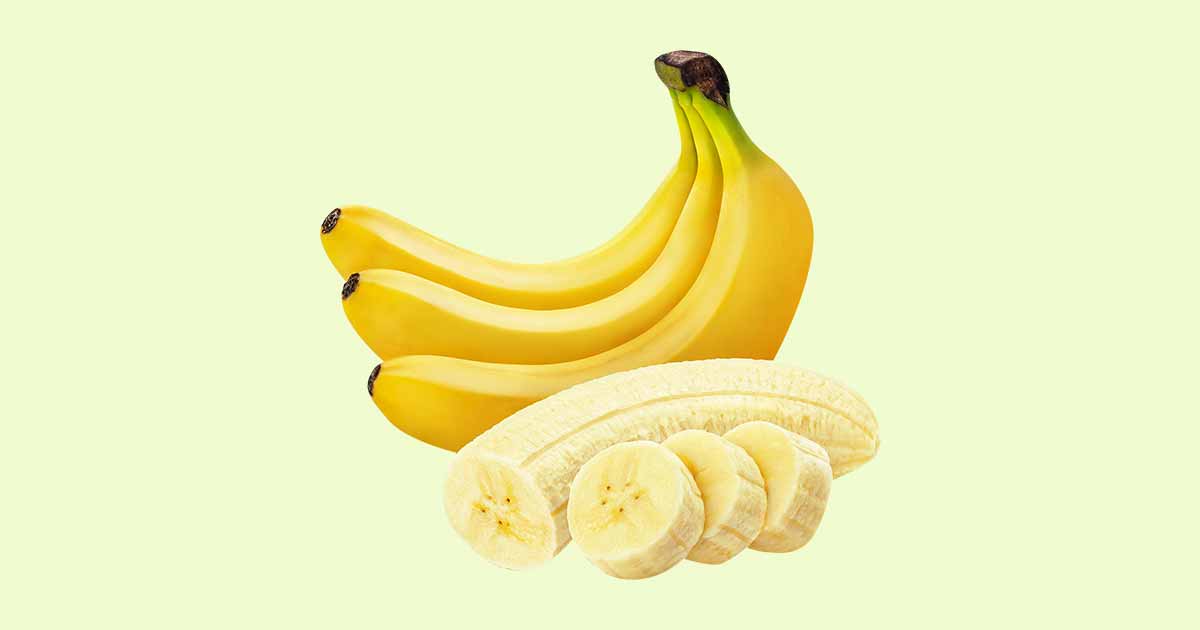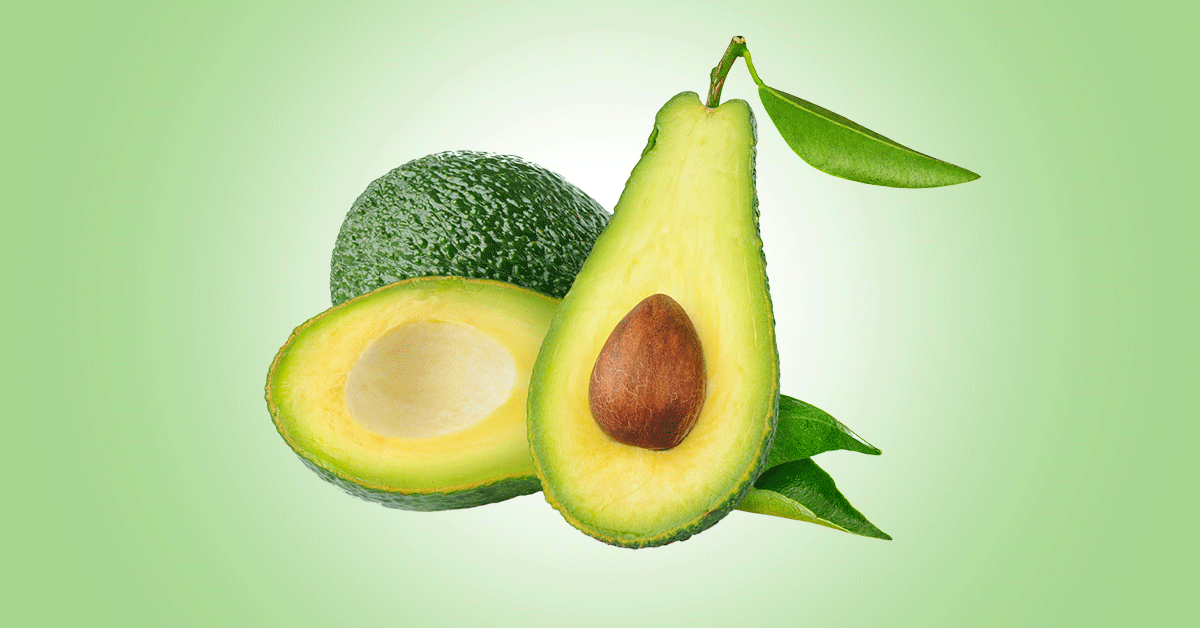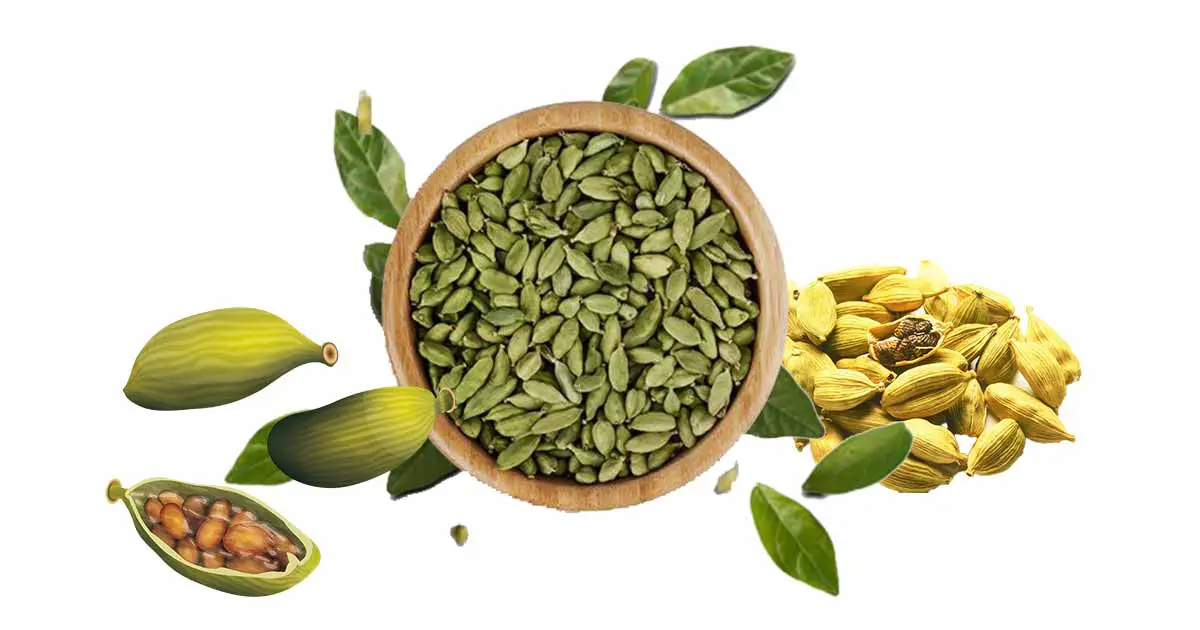Banana (Botanical name: Musa acuminata and Musa balbisiana), a plant belonging to the family, Musaceae, is one of the most important staple food crops that exist. This is because of its numerous nutritional composition and health benefits. The name is derived from the Arab word “banan” which means “finger”.
It is native to Southeast Asia, and was first domesticate in Papua New Guinea, but also widely grown in other warmer regions of the world. India, Ecuador, Brazil, and China are the world’s largest producers.
There are different varieties and sizes. The colors vary from yellow to green, and in rare cases red. The genus involves the flowering plants that produce this fruit and plantains.
The plant is a large perennial herb that has leaf sheaths that form trunk-like pseudostems. It has 8 to 12 leaves. Flower develops through underground true stem 9 – 12 months after planting. The flower stalk grows through the center of the pseudostem.
The fruit matures 60 to 90 days after flowering, with a bunch of fruits, or “hands” along a central stem. Each hand has two transverse rows of fruits (“fingers”). The quality of fruit depends on ripeness, absence of defects, blemishes, and size (finger length and thickness). When the fruit ripens, the starch inside changes to sugar.
Both the banana peel, leaves, and the fruit (pulp) have different nutritional and health benefits.
Other common names are: plátano, banane. There are over 100 varieties, but the two main groups of bananas are: Cavendish and Brazilians. Cavendish group include ”Valery’, ‘Hamakua’, Williams’, ‘Grand Nain’, and ‘Chinese’ varieties. Brazilian types are incorrectly called apple bananas. It includes Dwarf Brazilian’. Another less cultivated commercial group, Bluefields group, includes ‘Bluefields’ and ‘Dwarf Bluefields’.
This article provides you with all you need to know about the nutritional facts and health benefits of the fruit.
Nutritional Composition
Banana is a rich source of various vitamins, minerals, phytonutrients, antioxidants, fiber, etc. However, the nutritional and biochemical composition largely depends on the ripened and ripened stages of the fruit. It is 75% water and 25% dry matter.
According to the U.S. Department of Agriculture (USDA), a medium-sized banana of about 118g contains the following:
- 105g of Calories
- 1.3g of Proteins
- 27g of Carbohydrates
- 0.4g of Fats
- 3.1g of Fiber
- 14.4g of Sugars
- 10.3 mg of vitamin C
- 1.2 mg of Sodium
- 422 mg of Potassium
- 31.9 mg of Magnesium
Carbohydrates
Bananas are a good source of carbohydrates, which reduces drastically as they get ripe.
According to the USDA, the fruit contains 27g of carbohydrates, which includes 3g of fiber and more than 14g of natural sugars. Some of these sugars include glucose, fructose, and sucrose.
Unripe (green) bananas are rich in starch (fiber) and contain about 80% starch of the dry weight. But during ripening, the starch (fiber) is converted into sugars, resulting in less than 1% fiber content of the ripe fruit. Hence, ripe ones are rich in sugar and contain over 16% of the sugar of the fresh weight.
Depending on its ripeness, bananas have a low glycemic index (GI) of 42 to 58. The low glycemic index is attributed to their high sugar and fiber content.
Fibers
An unripe banana contains a large quantity of starch, which is resistant. This starch passes through the guts without being digested. When the starch gets to the large intestine, bacteria ferment it to form butyrate, which is an acid that is beneficial to the gut.
The fruit also contain other types of fiber, such as pectin. Some pectin is water-soluble, and it increases as the fruit ripen. This is why bananas become softer as they ripen.
The resistant starch and pectin help to control blood sugar.
Fats
A medium-sized banana contains about 0.4g of fat. This shows that bananas are low in fats. This is because it contains small amounts of fat-soluble vitamins such as vitamins A and K which would have helped to produce more fats.
Vitamins
Bananas contain various vitamins such as A, B, C, and K in decent proportions.
Minerals
Bananas contain various minerals such as Sodium, Potassium, Calcium, Magnesium, Iron, Phosphorus, Zinc, Boron, Copper, and Manganese. According to research, these minerals increase as the fruit get ripe.
The high potassium content in the fruit helps to moderate blood pressure and improve cardiovascular health.
Nutritional Composition in 100g of the Ripe Fruit
| Nutrient | Quantity |
| Water | 75.3 g |
| Energy | 98 kcal |
| Nitrogen | 0.12 g |
| Protein | 0.74 g |
| Total fats | 0.29 g |
| Ash | 0.7 g |
| Carbohydrate | 21.2 g |
| Dietary fiber | 1.7 g |
| Total sugars | 15.8 g |
| Citric acid | 341 mg |
| Malic acid | 369 mg |
| Calcium | 5 mg |
| Iron | <0.4 mg |
| Magnesium | 28 mg |
| Phosphorus | 28 mg |
| Potassium | 326 mg |
| Sodium | <4 mg |
| Zinc | 0.16 mg |
| Copper | 0.101 mg |
| Manganese | 0.258 mg |
| Iodine | <10 µg |
| Selenium | <2.5 µg |
| Vitamin C | 12.3 mg |
| Thiamin | 0.056 mg |
| Riboflavin | <0.1 mg |
| Niacin | 0.662 mg |
| Vitamin B-6 | 0.209 mg |
| Biotin | <0.004 µg |
| Folate, total | 14 µg |
| Vitamin A, RAE | 1 µg |
| Vitamin K (phylloquinone) | 0.1 µg |
Other Compounds include;
Phytonutrients such as polyphenols
Antioxidants such as catechin and dopamine. Catechin is associated with many health benefits, including improving cardiovascular health. Dopamine acts as an antioxidant rather than a neurotransmitter in the brain.
11 Amazing Health Benefits of Banana
Banana is immensely beneficial to human health in various ways. This is attributed to some minerals, vitamins, and bioactive elements such as phenolics, carotenoids, biogenic amines, and phytosterols found in the fruit.
Improves Cardiovascular Health: The fruit improves heart function and helps moderate blood pressure because of their high content of potassium and low content of sodium.
Also, it contains flavonoids, an antioxidant that helps to reduce the risk of heart disease.
Improves Digestive Health: Unripe, green bananas contain significant proportions of dietary fibers such as resistant starch and pectin. These dietary fibers are probiotics that help digestion by facilitating the growth of the bacteria in the gut, which help to digest food and relieve constipation.
The bacteria do this by fermenting dietary fibers to butyrate, a short-chain fatty acid that improves gut health.
Reduces Oxidative Stresses: Owing to the various bioactive elements in bananas which have anti-oxidative properties, the fruits have proven effective in reducing oxidative stresses. In addition, ascorbic acid and dopamine in the fruit helps in reducing plasma oxidative stress and improve resistance to oxidative modification of Low-density-lipoprotein.
Antidiabetic Properties: Syringic acid in the fruit has proven to be effective in managing glycoprotein abnormalities.
Improves Kidney Health: The fruit contain a high proportion of potassium and phenolic, which help to promote kidney functions. This is achieved by the suppression of calcium excretion in the urine, which helps to reduce the risk of kidney stones.
Improves Muscular Strength: The high content of potassium in the fruit is associated with their ability to improve the body’s muscles and energy.
Anti-anemic effect: The fruit can be used to combat anemia, owing to their high content of Iron (Fe).
Treatment of vitamin A Deficiency: The high content of carotenoids in the fruit helps in the treatment of vitamin A deficiency disorders and chronic diseases.
Relieves Depression: Serotonin in the fruit helps to prevent or relieve depression by transforming mood and relaxing the body.
Hepatoprotective Properties: The garlic acid in bananas helps to protect the liver.
May Aid in Weight Loss: The fruit is a perfect fit for weight loss because of its low calories and fiber content.
What Are the Adverse Effects of Bananas?
Bananas when consumed in moderation have little or no adverse effects. However, when it is consumed in great quantity, it might cause constipation because of the high fiber content. Other possible side effects include nausea, vomiting, bloating, softer stool, abdominal gas, cramping, and high potassium levels in the body.
Drug Interaction
Banana interacts with certain medications.
- MAOIs (Isocarboxazid, Phenelzine, Selegiline, Tranylcypromine): Ripe bananas, red wine, soy products (soy sauce, miso, tofu), smoked and cured meats, aged cheeses, fermented foods are rich in tyramine. They interact with MAOIs (Isocarboxazid, Phenelzine, Selegiline, Tranylcypromine) used to treat depression and Parkinson disease.
- ACE inhibitors (Benazepril, Captopril, Enalapril/Enalaprilat, Fosinopril, Lisinopril, Moexipril, Perindopril, Quinapril, Ramipril): Bananas, tomatoes, avocados are rich in potassium. Taking them with ACE inhibitors may increase potassium levels in the body so high, causing dangerous heart arrhythmias.
FREQUENTLY ASKED QUESTIONS
What is the Difference Between Ripe and Unripe Bananas?
Ripe bananas contain more sugar and less fiber or starch, while unripe ones contain less sugar and more starch.
Why Does Banana Get Softer as It Ripens?
The fruit get softer as they ripen because they contain pectin, which is a water-soluble fiber. The pectin increases as the fruit gets ripe.
Between Ripe and Unripe Bananas, which Contains More Sugar and Why?
Ripe fruit contain more sugar than unripe fruit because, during ripening, the starch in the fruit is converted to sugar. Hence, the sugar increases.
Between Ripe and Unripe Bananas, which Contains More Fiber?
Unripe bananas contain more fiber or starch than ripe fruit.
Why Does Banana Contain a few Fats?
Banana contains a few fats because it contains a few fat-soluble vitamins (A and K) which would have helped to elicit more fats.
Is Banana good for Ulcer?
Unripe banana is used in India as a bland diet to manage ulcer. Also, a study using rat induced with ulcer using the fruit powder, showed it increased mucosal thickness and [3H]thymidine incorporation into mucosal DNA. This may be beneficial in healing ulcers.
Can I eat Banana in Pregnancy?
Banana contains high fiber and vitamin B6 content. Dietary fiber helps to prevent constipation, while vitamin B-6 relieves nausea and vomiting. Anemia in pregnancy is also a big issue. The fruit contains iron and folate that could relieve such symptoms.
Is Banana Good for Diabetic Patients?
Diabetic patients should avoid ripe bananas as they contain high sugar content and low fiber content.
References:
- https://www.haifa-group.com/files/Guides/Banana.pdf
- https://pubmed.ncbi.nlm.nih.gov/3821133/
- https://blog.allaboutwomenmd.com/pregnancy-prenatal-care/benefits-bananas-during-pregnancy.htm
- https://www.aarp.org/health/drugs-supplements/info-2022/food-medication-interaction.html












